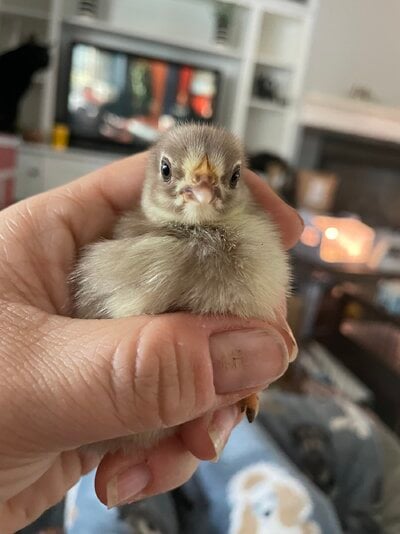Slothinc
Songster
- Apr 15, 2020
- 247
- 607
- 206
@NagemTX my eggs are from Bobbi Porto and hers are gorgeous, show quality. Unfortunately they had a rough handling through the mail but I’m so grateful that I have 6 blue cream eggs developing! Fingers crossed I can get at least one roo and one hen out of them.
Last edited:










